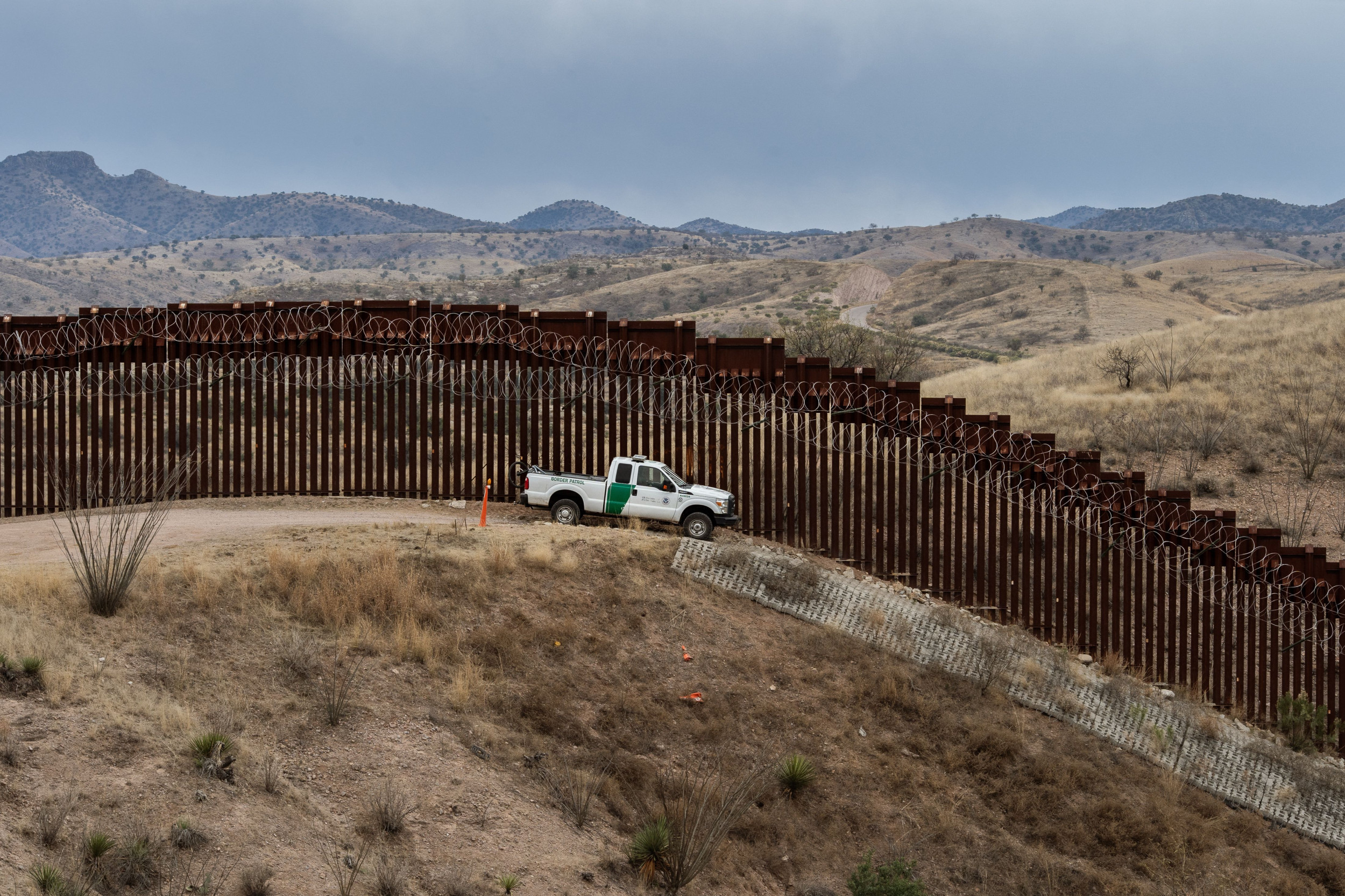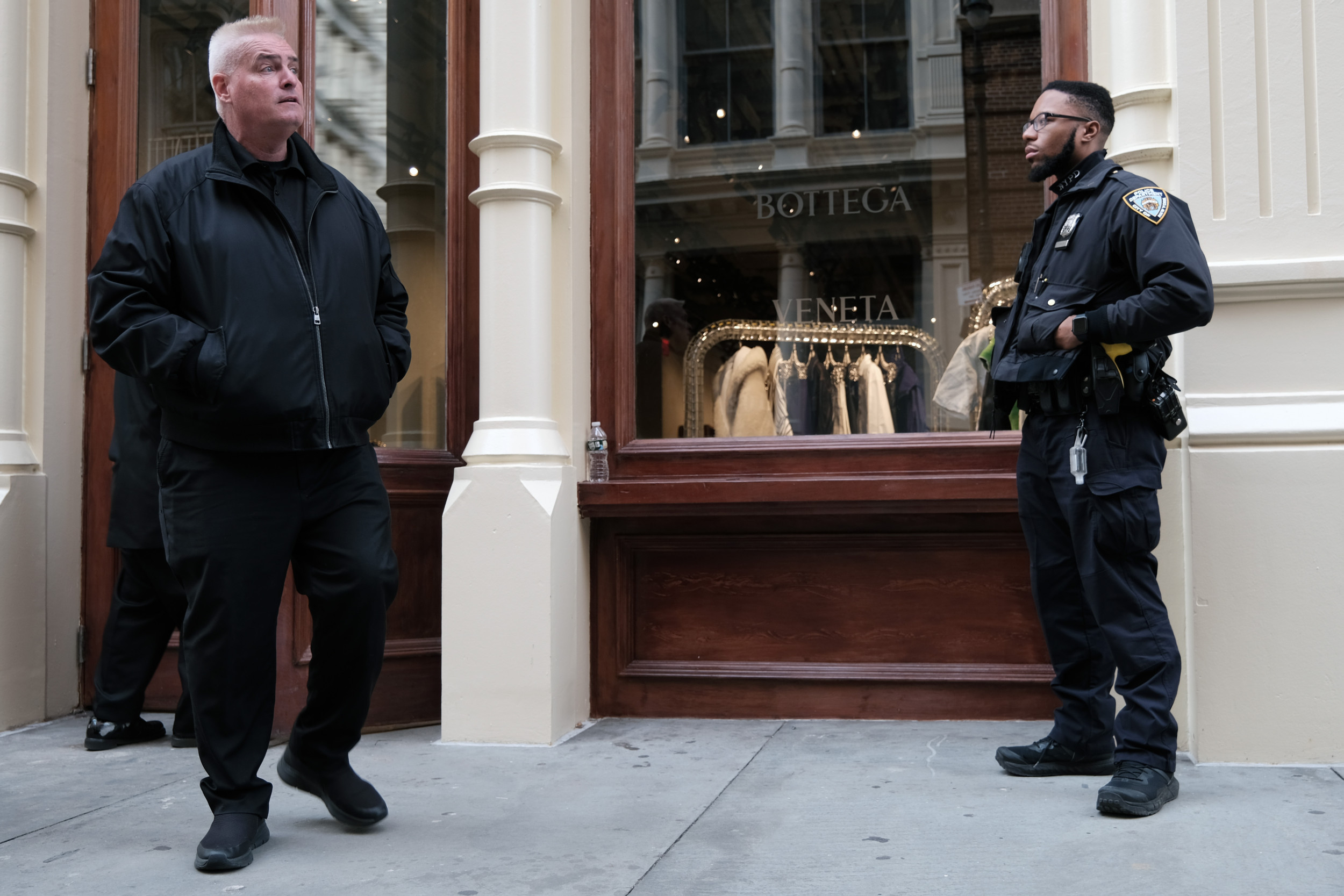A 5.1 magnitude earthquake rippled through Southern California on Sunday afternoon.
The powerful quake struck at 2:41 p.m. local time, and was followed by a series of 13 aftershocks with a magnitude of 3 or higher, according to the latest update. More are expected in the coming days, according to experts at the U.S. Geological Survey (USGS).
"According to our forecast, there is a 10 percent chance of one or more aftershocks that are larger than magnitude 5, which can be damaging, within the next week," the USGS said in a statement.
At time of writing, no casualties or significant property damage have been reported.
Earthquakes are usually measured on a scale called the Moment Magnitude Scale. According to the USGS, anything above a 4.0 is enough to cause damage. However, as a seismically active state, California is built to withstand much larger earthquakes than that.
In July 2019, a magnitude 7.1 earthquake hit Ridgecrest in Southern California, which was preceded by a 6.4 magnitude earthquake two days before. While this did result in millions of dollars of damage, there were no fatalities. Five people were injured and 50 homes structurally damaged, according to the USGS, thanks in part to the state's earthquake-proof infrastructure.

The earthquake's epicenter is thought to have been in Ventura County, about 4 miles southeast of Ojai, which is located northwest of Los Angeles. Tremors were felt as far north as San Jose about 300 miles away.
Others felt the ground move in Malibu, Porter Ranch, Los Angeles and Manhattan Beach, according to a USGS survey.
This seismic activity comes as Tropical Storm Hilary, once a Category 4 hurricane, made landfall in California on Sunday afternoon. This is the first time a tropical storm has made landfall in Southern California since September 1939, the National Weather Service reported, which caused catastrophic damage along Long Beach.
Heavy rainfall has persisted throughout the weekend, with the National Weather Service issuing warnings over "catastrophic and life-threatening flooding."
"Heavy rain and dangerous road flooding still happening in #LosAngeles and #Ventura Counties," NWS Los Angeles said in a post on X, formerly Twitter. "PLEASE STAY HOME AND OFF THE ROADS TONIGHT. This is a DANGEROUS situation."
As of 2 a.m. local time on Monday morning, record rainfall had fallen across Los Angeles County in a single day, with for instance 2.48 inches of rainfall in downtown Los Angeles, according to the NWS. This significantly breaks the previous record of 0.03 inches for this date, set in 1906.
But is this extreme weather actually responsible for the earthquake? We don't know for sure but, according to the USGS, major storm systems like this can create very large low-pressure zones that can trigger fault slips in the Earth's crust.
In 2019, researchers published a study in the journal Geophysical Research Letters, detailing these geophysical phenomena, which they called stormquake. These will only form if a strong storm happens in a region on the edge of large continental shelves.
California does fit into this category, but whether or not the two events are related, #Hurriquake has been trending on social media.
"The West Coast right now feels a bit like someone is playing Sim City and turned on all the disasters on simultaneously," said one user on X.
Other users have joked about receiving a string of emergency alerts on their phone, warning about the earthquake and flash flooding in their area.
I’m at the tropical storm. I’m at the earthquake. I’m at the combination tropical storm and earthquake pic.twitter.com/fXsGw2wXqr
— Laura J. Nelson 🦅 (@laura_nelson) August 20, 2023
Heavy rain and flash flooding are expected to continue throughout Monday and many schools have closed down, with evacuation orders in place in several counties.
Governor Gavin Newsom has declared a state of emergency and, according to his office, there are more than 7,500 boots on the ground to help protect local communities from the hurricane's impacts.
To keep yourself and your family safe, the office issues the following advice:
- Stay connected and informed—check in with your loved ones and sign up for emergency alerts.
- Avoid non-essential travel.
- Be prepared for power outages with portable chargers and battery packs. Have a flashlight for every household member.
- Pack a go-bag and respond to evacuation order immediately.








